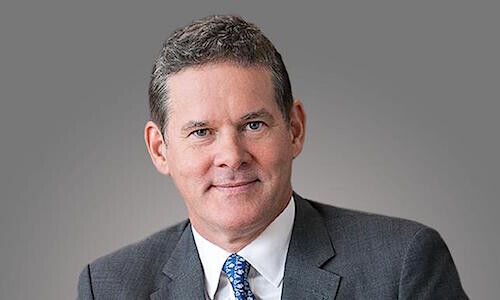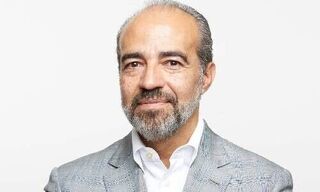Credit Suisse’s Australia wealth business delivered higher revenue in 2022, its head Michael Marr told finews.asia, driven in part by strong demand for alternatives.
The desire to boost returns and diversify exposure away from traditional stocks and bonds has driven global demand for alternatives, particularly in private markets where investments are shielded from day-to-day volatility.
Not unlike its peers, Credit Suisse has observed demand for the asset class across Asia Pacific. While China has consistently stolen headlines in the region due to a desire for outsized gains and deep interest in areas like the tech sector, Australia is a standout when it comes to private markets at the Swiss wealth manager.
With Top Local Managers
In private equity, for example, Australia’s wealth clients have the highest penetration rate «by some margin» compared to the rest of the APAC region. To respond to this demand, Credit Suisse is in the process of developing an Australian private equity offering with top local managers.
«There is a hunger for private equity in Australia,» said head of wealth management Australia Michael Marr in a recent conversation with finews.asia.
Off-Platform Opportunities
Credit Suisse also grew its private markets shelf in 2022 by onshoring a function called «Strategic Advisory & Private Asset Group» which leverages the bank’s access to deal flow to offer clients investment opportunities that are not from its own platform.
«Rigorous deal selection and due diligence form a key part of our process,» Marr said. «These proprietary opportunities, in Australia or broader APAC markets, tend to be more differentiated, sometimes in areas such as agriculture, non-bank lending or real estate private credit.»
Higher Revenue
In the broader Australian wealth unit, Credit Suisse saw higher revenue in 2022 after benefitting from record net new assets in 2021, especially through recurring income from portfolio solutions.
The business is selective in hiring and focused on homegrown talent with 30 percent of its relationship managers starting as assistant relationship managers at Credit Suisse. Last year, it added four relationship managers to the team.
Difficult Markets
But 2022 was admittedly a hard year for the industry as a whole due to a market turndown that hit both equities and fixed income.
«Markets were of course difficult, and for the first nine months, conversations about fixed income holdings, especially within multi-asset portfolios, were quite challenging. This was due to the rare break from the negative correlation between stocks and bonds, a phenomenon we’ve not seen in our professional lifetimes,» Marr said.
DPM as Core
Despite the challenges of running a multi-asset portfolio business, Credit Suisse remains committed to discretionary portfolio management as the core of its Australian wealth strategy – a position held since its onshore establishment in 2007.
According to Marr, most of the Australian wealth market was very brokerage-oriented at the time Credit Suisse formed its onshore business with a focus on domestic equities. But since then, brokerage has seen a general decline in part due to the lack of exposure in local markets to key sectors like tech, healthcare and consumer discretionary.
«As an investor, if you believe in some of these long-term thematics, you cannot get enough exposure from the local market,» he explained. «We decided that if we were going to onshore the business, we would differentiate ourselves by being a multi-asset class business that looked at both sides of the balance sheet. No one was doing this at the time.»
Competitor Exits
In addition, Marr said Credit Suisse also benefited from a number of global banks shutting down their onshore unit.
Notable examples include rival UBS's 2015 withdrawal following a management buyout that formed Crestone, later acquired by LGT in late 2021. More recently, Citi completed a sale of its retail unit in the country to National Australia Bank (NAB), which also includes its wealth business, as part of a 13-market consumer exit.
«Our competitors now mostly operate with a fly-in, fly-out model,» Marr added. «In my view, you can’t serve the Australian market with just two or three people. You need to make a serious investment in platform, people, compliance and operations in order to have a meaningful onshore footprint, and we have done that.»


























